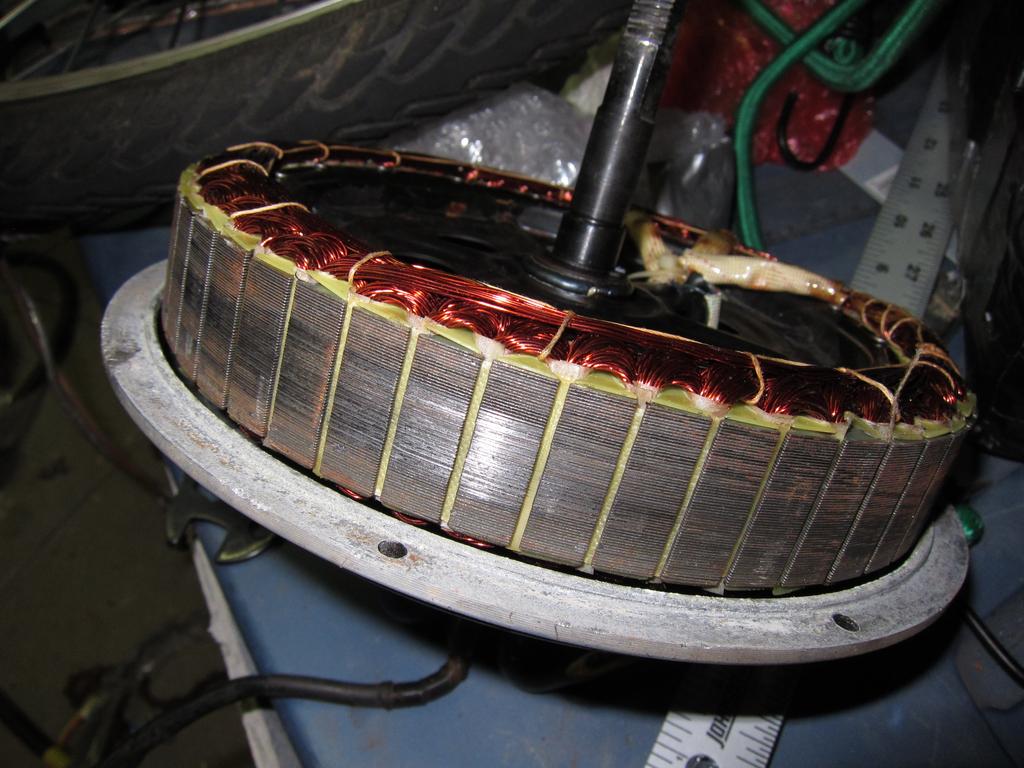Ykick
1 GW
Skedgy Sky said:I opened up the hub motor. Just as I thought, after seeing a couple of other people with this problem, there are visible marks of the stator rubbing against the rotor magnets. Since this only happens after the motor is warmed up, I don't understand... why/how it happens?
The included thread link up above just mentioned bearings, but I don't see how they can be the problem.


If the cover's not flexing it's almost certainly the bearings. In fact, when the bearing remains in the cover when you pull it apart, that often goes with this trouble.
The cracks look weird but I've seen surface cracks look like that before and they didn't go all the way through and compromise structural integrity.
Definitely, drive the bearing out with a punch and see how it goes?







